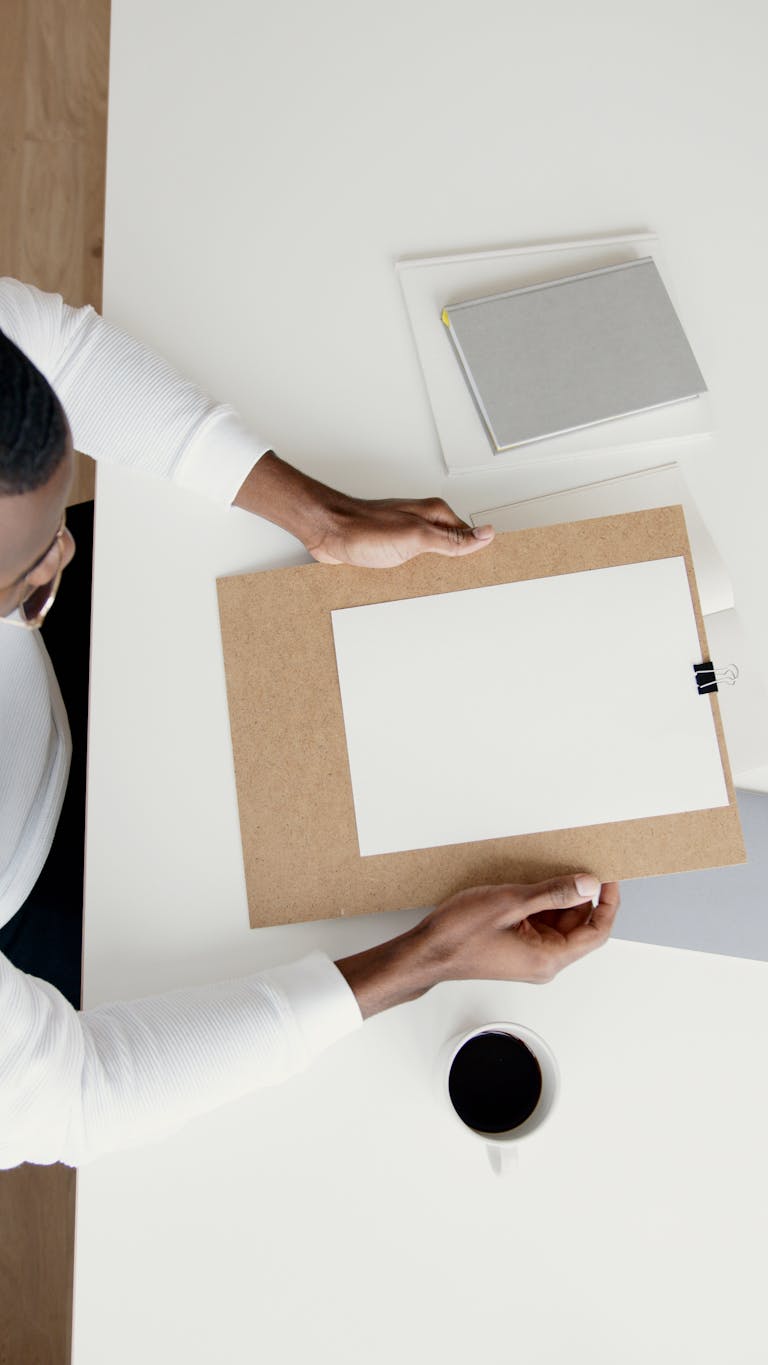In today’s fast-paced, always-connected world, it’s becoming increasingly difficult to disconnect. With constant notifications, emails, and social media updates, many of us find ourselves tethered to our screens 24/7. However, this constant exposure to technology can take a toll on our mental health. Digital detox is a concept that has gained attention as a means to restore balance and improve overall well-being by taking intentional breaks from screens.

What is a Digital Detox?
A digital detox refers to a period of time where you deliberately disconnect from electronic devices such as smartphones, computers, and tablets. It can be a short break (a few hours or a day) or an extended period (a weekend or longer). The idea behind this practice is to step away from the constant barrage of information and allow your mind and body to recharge.
By reducing screen time, a digital detox can help improve focus, reduce stress, and promote better mental health.
Benefits of a Digital Detox
- Reduced Stress and Anxiety
Constantly checking emails, social media, and notifications can lead to feelings of stress and anxiety. During a digital detox, you free yourself from the pressure of staying connected and allow your mind to relax. You’ll find that the absence of constant digital interruptions can significantly reduce anxiety and improve emotional well-being. - Improved Sleep Quality
Exposure to screens, especially before bedtime, can interfere with your sleep quality. The blue light emitted by screens can suppress the production of melatonin, a hormone that regulates sleep. By stepping away from screens for a while, particularly in the hours leading up to bedtime, you can improve your sleep patterns and wake up feeling more refreshed. - Increased Focus and Productivity
When you’re constantly distracted by notifications and digital distractions, it’s hard to stay focused on tasks. A digital detox allows your mind to clear and regain focus. Without the pull of technology, you can direct your attention to important tasks, ultimately boosting your productivity and concentration. - Enhanced Social Interactions
When you take a break from screens, you’ll find that your interactions with others become more meaningful. You’re not distracted by your phone or laptop during conversations, and you can be fully present with the people around you. This can strengthen relationships and foster deeper connections with family and friends. - Increased Creativity
Taking a break from the constant flow of information can allow space for creativity. Without the overwhelming input of digital media, your brain has time to rest and reflect. Many people find that their most creative ideas come during times of digital detox, whether it’s during a walk outside, a quiet evening at home, or while reading a book.
How to Implement a Digital Detox
1. Start Small
If you’re new to the idea of a digital detox, start with small steps. You don’t need to take an entire weekend off from all technology right away. Begin by setting aside a few hours each day or designating a day each week to disconnect. Use this time to focus on other activities, such as reading, exercising, or spending time with loved ones.
2. Set Clear Boundaries
Establish clear boundaries around when you will and won’t use technology. For example, you might decide that you won’t check emails after 7 PM or that you will have a no-phone rule during meals or family time. Communicating these boundaries to others can also help them respect your digital detox time.
3. Remove Temptations
Make it easier to disconnect by removing temptations. Turn off notifications for non-essential apps, put your phone in another room while you’re working, or use a digital detox app that helps you stay on track. Apps like Forest, Focus@Will, and Freedom can help block distractions and encourage you to stay away from screens.
4. Plan Offline Activities
During your digital detox, plan activities that don’t involve technology. Take a walk in nature, read a book, do some yoga, or spend quality time with family and friends. By filling your time with offline activities, you’ll discover new ways to unwind and recharge.
5. Reflect on the Experience
After your digital detox, take some time to reflect on how you felt during the break. Did you feel less stressed? Were you able to focus better? Did you enjoy spending more time offline? These reflections will help you determine how often you need digital detoxes and how to incorporate them into your routine.
Q: How often should I do a digital detox?
A: It’s beneficial to incorporate regular digital detoxes into your routine. Depending on your lifestyle, you might choose to do a detox once a week, once a month, or during particularly stressful times. The key is consistency.
Q: Can I still use technology during a digital detox?
A: The goal of a digital detox is to limit unnecessary screen time, but you can still use technology for essential tasks, such as work or communication. The focus is on reducing the excess consumption of digital media.
Embrace a Digital Detox Today!
Start your journey to improved mental well-being by scheduling your first digital detox. Whether it’s for a few hours or an entire day, disconnect and see how it transforms your focus, creativity, and overall happiness.

I’m EKBAL HOSSAIN MONDAL, the creator of SmartSolveTips.com — a blog dedicated to helping people improve productivity, avoid digital burnout, and live better online. With years of hands-on experience in self-development and digital wellness, I write practical tips and tools to help you stay focused and thrive in a fast-paced digital world.






